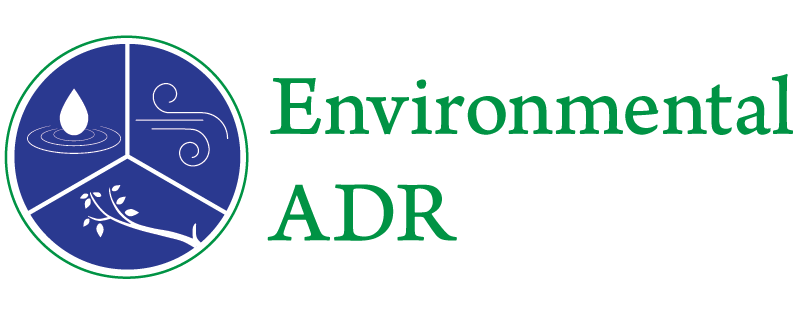 I’d like to put some meat on the bones of the cost-saving aspects of environmental mediation. I have argued that environmental mediation, properly executed, provides the opportunity to eliminate costs of duplicate work by multiple parties, while preserving every party’s right to negotiate hard on the merits of the dispute and to reach an agreed-upon allocation of the costs of dealing with the contamination at issue. In this blog, I present a hypothetical situation – based on successful mediations I have conducted – to help the reader understand why I say this.
I’d like to put some meat on the bones of the cost-saving aspects of environmental mediation. I have argued that environmental mediation, properly executed, provides the opportunity to eliminate costs of duplicate work by multiple parties, while preserving every party’s right to negotiate hard on the merits of the dispute and to reach an agreed-upon allocation of the costs of dealing with the contamination at issue. In this blog, I present a hypothetical situation – based on successful mediations I have conducted – to help the reader understand why I say this.
Consider the following: There are 4 corner gas stations operating at 4 corners of an intersection. A plume of petroleum contamination has migrated down gradient (downstream) in the groundwater and threatens to contaminate nearby drinking wells. The governing environmental regulatory agency has identified each station as a potential contributor to the plume of contamination and has ordered that an investigation be undertaken to see where the contamination is located, how it got there, whether it requires a cleanup and, if so, what technology will be most effective.
Under standard practice, each party (station owner and/or operator) will hire a lawyer and retain an environmental scientist or consultant to perform the necessary investigation. The consultant will investigate levels of contamination in the soil and groundwater beneath the site owned or operated by the party that retained it. Each consultant will also install monitoring wells both above (up gradient) and below (down gradient) its own site to determine a number of things, including the areal extent of the plume, concentration levels throughout the plume, and whether potential off-site sources have contaminated that party’s property (thereby seeking to shift liability to other parties). [Read more…]


